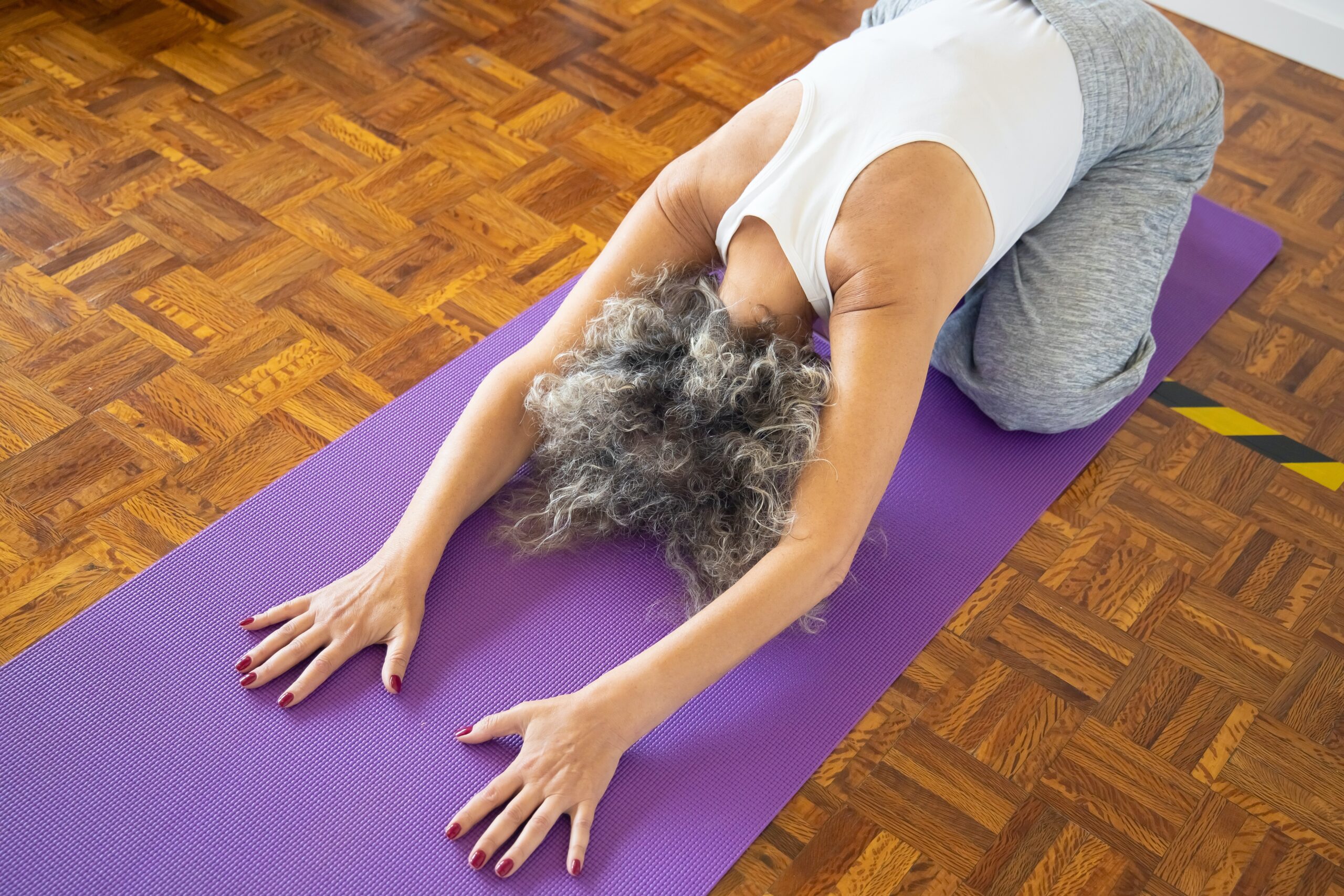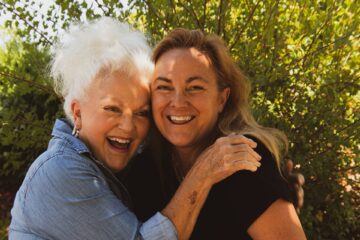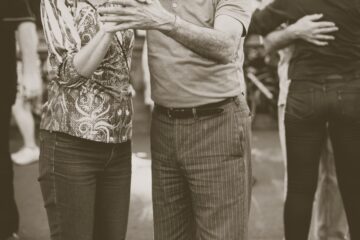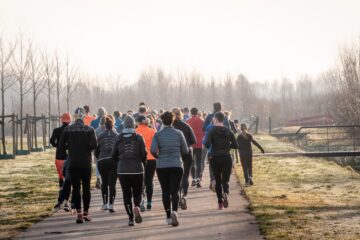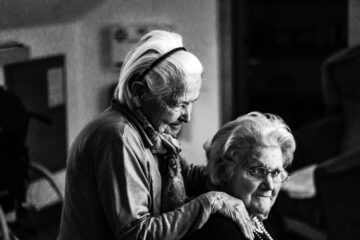In principle, as you get older, the body’s functional abilities and performance decrease. So therapeutic gymnastics comes to help you with just that. To age well and maintain your well-being, regular physical exercise is recommended. However, only one out of every two Brazilians practices a sporting activity between the ages of 55 and 64.
What is therapeutic gymnastics for seniors?
Therapeutic gymnastics is an activity particularly recommended for seniors as part of a healthy lifestyle, either to start or to return to sports after a certain age.
To increase life expectancy and enjoy a healthier old age, it’s necessary to combat physical inactivity. Suitable for the elderly and not too traumatic for the joints and muscles, since therapeutic gymnastics is not aimed at performance.
Physical maintenance that promotes mobility, flexibility, muscle strengthening, and autonomy are some of the desired effects. Note that therapeutic gymnastics can be adapted to the physical abilities of each elderly person.
The sessions are based on a series of physical and breathing exercises and are preceded by warm-up exercises for muscles and joints. For those over 55 who need support, it should be noted that some professionals can help seniors get started by offering sports workshops or in-home training for members.
What are the benefits of therapeutic gymnastics for the elderly?
After the age of 50, muscle mass and strength decrease by about 40 to 50%, depending on the person. This is why gymnastics is a good alternative for physical activity because it respects the physical and motor abilities of the people who practice it.
Therapeutic gymnastics uses gestalt therapy techniques to restore the balance between body and mind. The trainer sets up musculoarticular exercises using simple, non-aggressive stretching, fitness, or yoga techniques.
This makes it possible, among other things, to strengthen muscles and joints and improve the practitioners’ posture. The benefits of this type of sport are felt from the fourth or fifth week of training.
Therapeutic gymnastics for seniors offers many health benefits. In particular, this type of sport helps to strengthen the immune system, thereby maintaining balance and flexibility, but also to increase coordination and mobility.
Therapeutic gymnastics also limits joint pain and fights muscle wasting. Weight gain and hypertension are also limited by practicing this sport.
In addition to the physical health benefits, therapeutic gymnastics contributes to the moral health of the elderly. In fact, it allows you to get rid of the fear of old age incidents (risk of falling, functional disorders…) by improving the body’s responsiveness.
By allowing you to feel a certain well-being, practicing this sport finally allows you to gradually regain self-confidence and detach yourself from the idea of being stigmatized. Assimilated with real therapy, therapeutic gymnastics is usually practiced in groups, thus enabling new bonds to be formed.
What are the recommended equipment to practice?
No equipment is necessary to practice therapeutic gymnastics. To properly prepare the body, the elderly should perform warm-up exercises. During the sessions, weight-training methods stimulate muscle tone.
Breathing exercises accompany them to effectively perform movements and relieve tension, thus increasing the feeling of relaxation and well-being. To improve flexibility and maintain joint functionality, sessions also include softening and stretching techniques.
To embark on a sports program, it may finally be interesting to be accompanied by physical activity and sports professionals who work with seniors on a regular basis.
Finally, it is essential to integrate the practice of a sporting activity into your daily life. Especially since sport offers many advantages, such as: maintaining good health and maintaining a social bond.
Finally, the WHO (World Health Organization) has noted this. In fact, according to this organization, people over 65 who are physically active “have biological markers that indicate greater prevention of cardiovascular disease and type 2 diabetes, and a strengthening of bone quality” to reduce the risk of osteoporosis, for example.

